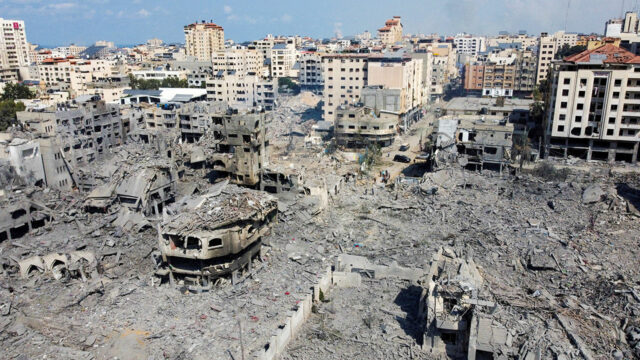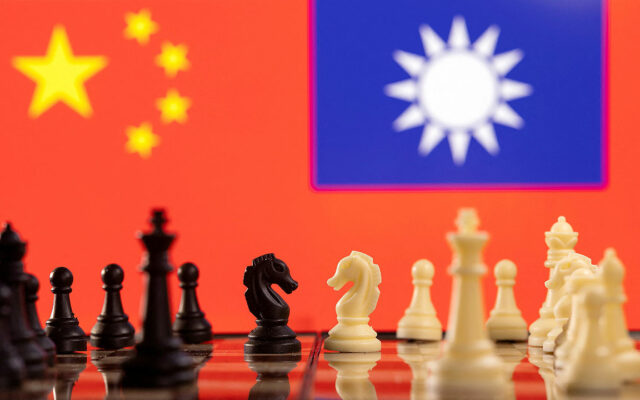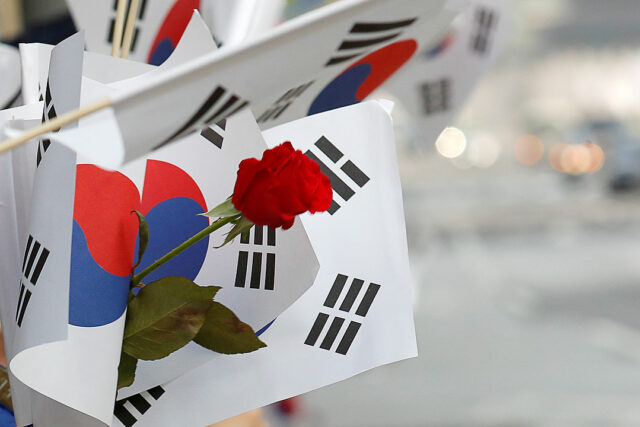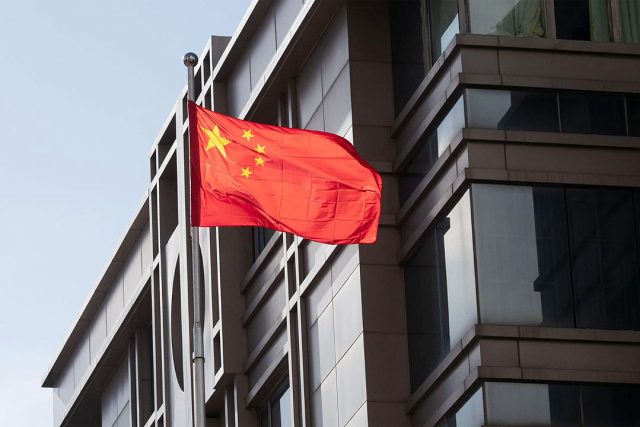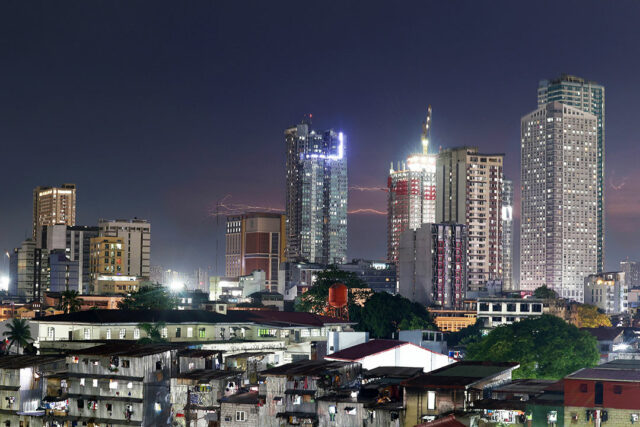By John Victor D. Ordoñez, Reporter
THE PHILIPPINE SENATE on Monday approved on third and final reading a bill calling for a P100 ($1.78) across-the-board minimum wage increase for workers in the private sector, amid warnings that a hike that is too high could fan inflation.
Twenty senators unanimously approved the measure, the first legislated and national increase since the enactment of a measure in 1989 that created wage boards that set pay rates per region.
“Some may argue that implementing such measure could impose hardships on businesses and impede economic growth,” Senator Jose “Jinggoy” P. Estrada, who sponsored the bill, said in plenary. “However, we should bear in mind that a flourishing economy relies on the vitality of its workforce, who are considered the lifeblood of enterprises.”
Last week, House Deputy Majority Leader and Iloilo Rep. Janette L. Garin said congressmen are studying a proposed P350 to P400 wage hike for workers in the private sector. There have been separate House bills proposing P750 and P150 across-the-board wage increases.
The Employers Confederation of the Philippines (ECoP) earlier said a P100 legislated wage hike would be “catastrophic [and] inflationary.”
ECoP President Sergio R. Ortiz-Luis, Jr. said the government should rely on regional wage boards since some microenterprises might find it difficult to pay their workers more money and be forced to lay off workers.
He said the wage hike would not benefit 84% of the working force or those in the informal sector, adding that only about 10% of private sector workers would temporarily benefit from the move.
“Ultimately, while the wage hike carries some inflationary risk, its true impact hinges on various factors,” Robert Dan J. Roces, chief economist at Security Bank Corp., said in a Viber message. “The Bangko Sentral ng Pilipinas (BSP) will surely monitor the situation closely and base its policy decisions on comprehensive data analysis.”
The Philippine central bank kept its benchmark rate unchanged at 6.5% at its third straight meeting last week. It last raised borrowing costs by 25 basis points (bps) in October. The central bank hiked rates by 450 bps from May 2022 to October 2023.
BSP Senior Assistant Governor Iluminada T. Sicat earlier said BSP’s baseline inflation projections did not take the most recent wage hike proposals into account.
Inflation eased to 2.8% in January from 3.9% in December, the second straight month it fell within the Philippine central bank’s 2-4% target.
“This could force the hand of BSP to keep rates at elevated levels or preemptively raise interest rates should the perceived inflation risk threaten the 2-4% target,” Mr. Roces said.
Inflation could breach the target because of the legislated wage increase, Michael L. Ricafort, chief economist at Rizal Commercial Banking Corp., said in a Viber message. “There could be a possible rate hike to lower or to better anchor inflation back to the inflation target and better manage it.”
Nagkaisa, the country’s biggest labor coalition, said the legislated wage hike could lead to reforms in the regional wage-setting mechanisms.
“For too long, these systems have failed to deliver justice and equity to the Filipino working class,” it said in a statement. “For over three decades, the plight of the workers has been met with inadequate responses, highlighting the urgent need for a comprehensive overhaul of wage policies.”
A Filipino family of five needs at least P13,797 a month or P460 a day to meet their basic needs, according to the local statistics agency.
Renato B. Magtubo, who heads Partido Manggagawa, said raising workers’ pay would help mom-and-pop stores and smaller businesses earn more.
“Absent regular support from the government, it is more evident that the transfer of income from wages of formal labor is what sustains sari-sari stores, and consequently, Aling Nena’s self-employment in the informal economy,” he said in a statement.
Metro Manila’s daily minimum wage rose by P40 to P610 in June, much lower than the P570 increase sought by some labor groups.
The International Labour Organization has said the erosion of real wages and living standards by high inflation rates and housing costs globally is unlikely to be addressed or offset this year.
In a report last month, it said it expects the global jobless rate to rise to 5.2% this year from 5.1% a year earlier. The global labor market is set to “deteriorate moderately” because of increased joblessness in advanced econo-mies, it added.
“A higher minimum wage does not only impact the lives of those directly affected but reverberates throughout our communities, stimulating local economies and ensuring that people would have more money in their pockets to meet their basic needs,” Mr. Estrada said.



